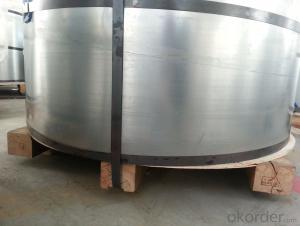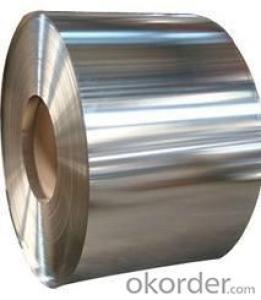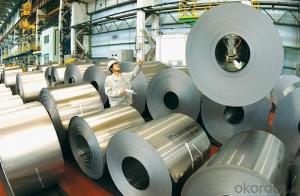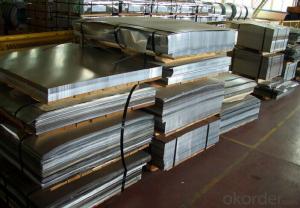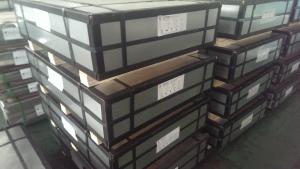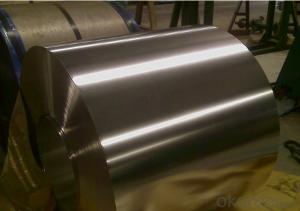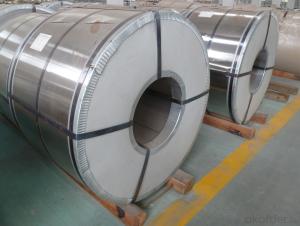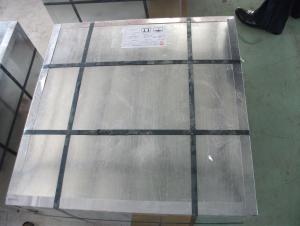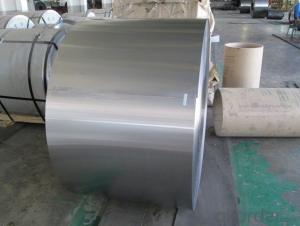Tinplate Forum
Tinplate Forum Related Searches
4 By 8 Plastic Sheets Thin Plastic Sheets Flexible Tinplate Coil Quotes Tinplate Iron Clear Plastic Sheets Hard Plastic Sheets 4X8 Lightweight Plastic Sheets Wavy Plastic Sheets White Plywood Sheets Poly Styrene Foam SheetsHot Searches
Tinplate China Tinplate Stock Price Tata Tinplate Price List Tinplate Price Trend Tinplate Nse Share Price Tinplate Price Chart Tinplate Share Price Nse Tata Tinplate Share Price Tinplate Share Price Today Tinplate Share Price Bse Tinplate Price Tinplate Share Price Tinplate Coil Manufacturers Tinplate Sheet Suppliers Food Mixer Sale Tinplate Factory Tinplate Production Tinplate Products Ltd Tinplate Products Tinplate Can ManufacturersTinplate Forum Supplier & Manufacturer from China
Okorder.com is a professional Tinplate Forum supplier & manufacturer, offers integrated one-stop services including real-time quoting and online cargo tracking. We are funded by CNBM Group, a Fortune 500 enterprise and the largest Tinplate Forum firm in China.Hot Products
FAQ
- Yes, tinplate can be used for packaging beverages. Tinplate is a durable and corrosion-resistant material that can effectively protect the contents of beverage packaging from external factors such as light, moisture, and oxygen. It is commonly used for packaging canned beverages like soda, beer, and juices.
- The printing options for tinplate include lithography, digital printing, screen printing, and offset printing.
- There are several types of tinplate surface treatments, including electrolytic tinplate (ETP), tin-free steel (TFS), blackplate, and lacquered tinplate.
- Tinplate is known for its excellent mechanical strength and durability. It is highly resistant to bending, denting, and breaking, making it ideal for various applications where strength is crucial. Additionally, tinplate is highly durable and can withstand harsh environmental conditions, including corrosion and rust. Overall, tinplate is a reliable and long-lasting material in terms of mechanical strength and durability.
- The printing process can significantly affect the durability of tinplate. It forms a protective layer on the surface of the tinplate, making it more resistant to corrosion and external factors that may cause damage. The printing process also enhances the tinplate's scratch resistance, ensuring that the printed design remains intact for a longer period. Additionally, the printing process can provide an extra layer of insulation, protecting the tinplate from heat and moisture, further increasing its durability.
- The main factors influencing the competitiveness of tinplate manufacturers include technological advancements, production efficiency, product quality, pricing strategy, market demand, distribution channels, and the ability to meet customer requirements and provide tailored solutions. Additionally, factors such as raw material availability, supply chain management, branding, and industry regulations also play a significant role in determining a tinplate manufacturer's competitiveness.
- The common quality standards for tinplate include factors such as the thickness and uniformity of the tin coating, the absence of defects such as scratches or dents, the adhesion and durability of the tin coating, and compliance with specific international regulations related to food safety and environmental protection.
- The recycling process for tinplate typically involves collecting the tinplate packaging, separating it from other materials, such as paper or plastic, and then shredding or melting it down to remove any coatings or impurities. The clean tinplate is then compressed into bales or melted into molten metal, which can be used to produce new tinplate products.
















